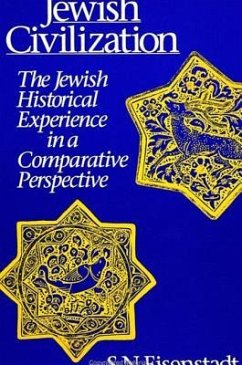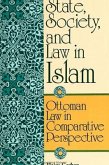This book explains why the best way to understand the Jewish historical experience is to look at Jewish people, not just as a religious or ethnic group or a nation or "people," but, as bearers of civilization. This approach helps to explain the greatest riddle of Jewish civilization, namely, its continuity despite destruction, exile, and loss of political independence. In the first part of the book, Eisenstadt compares Jewish life and religious orientations and practices with Hellenistic and Roman civilizations, as well as with Christian and Islamic civilizations. In the second part of the book, he analyzes the modern period with its different patterns of incorporation of Jewish communities into European and American societies; national movements that developed among Jews toward the end of the nineteenth century, especially the Zionist movement; and specific characteristics of Israeli society. The major question Eisenstadt poses is to what extent the characteristics of the Jewish experience are distinctive, in comparison to other ethnic and religious minorities incorporated into modern nation-states, or other revolutionary ideological settler societies. He demonstrates through his case studies the continuous creativity of Jewish civilization.
Hinweis: Dieser Artikel kann nur an eine deutsche Lieferadresse ausgeliefert werden.
Hinweis: Dieser Artikel kann nur an eine deutsche Lieferadresse ausgeliefert werden.








